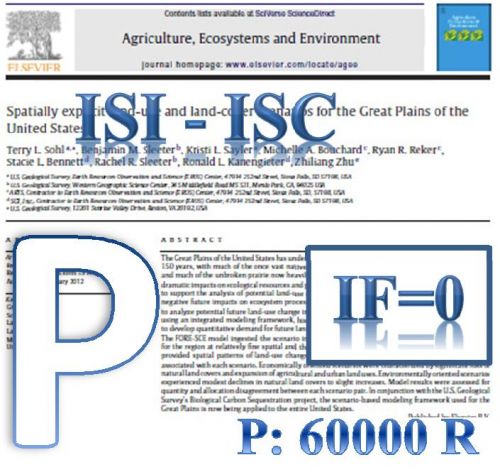There has been observed widespread destruction of natural ecosystems around the world due to population growth, land use change and clear cutting which have affected soil properties. Different management strategies have been so far implemented to reduce this crisis in various regions of the world, such as e.g. short-term and long-term conservation management in the Zagros region. However, any management approach should be evaluated with appropriate measures to determine how managed areas respond. The main objective of the present study was to evaluate the potential of earthworms as an indicator for different forest management strategies and human disturbances in Zagros oak (Quercus persica Jaub. and Spach) forest. The sites selected included undisturbed one as the control (Un), the sites under five-year conservation management (FCM) and twenty-year conservation management (TCM) as well as the disturbed site (D). The results of principal component analysis (PCA) showed that different regions separated into the components: PC1 and PC2. Un and TCM sites gathered together and represented higher values of the factors such as pH, Kavailable, OC, clay content, Pavailable, CEC, overstory tree canopy, Ntot, biomass and abundance of earthworms. The positive direction of the first axis reflected a gradient of EC, BD and Ptot. According to the logistic model, NH4-N and EC played the most important role in earthworm presence and absence in Zagros forest ecosystem. Earthworm abundance and biomass could be a good indicator to evaluate different forest management strategies in the study area.
کلید واژگان :earthworms, management strategies, disturbance, soil, logistic model
ارزش ریالی : 600000 ریال
با پرداخت الکترونیک
